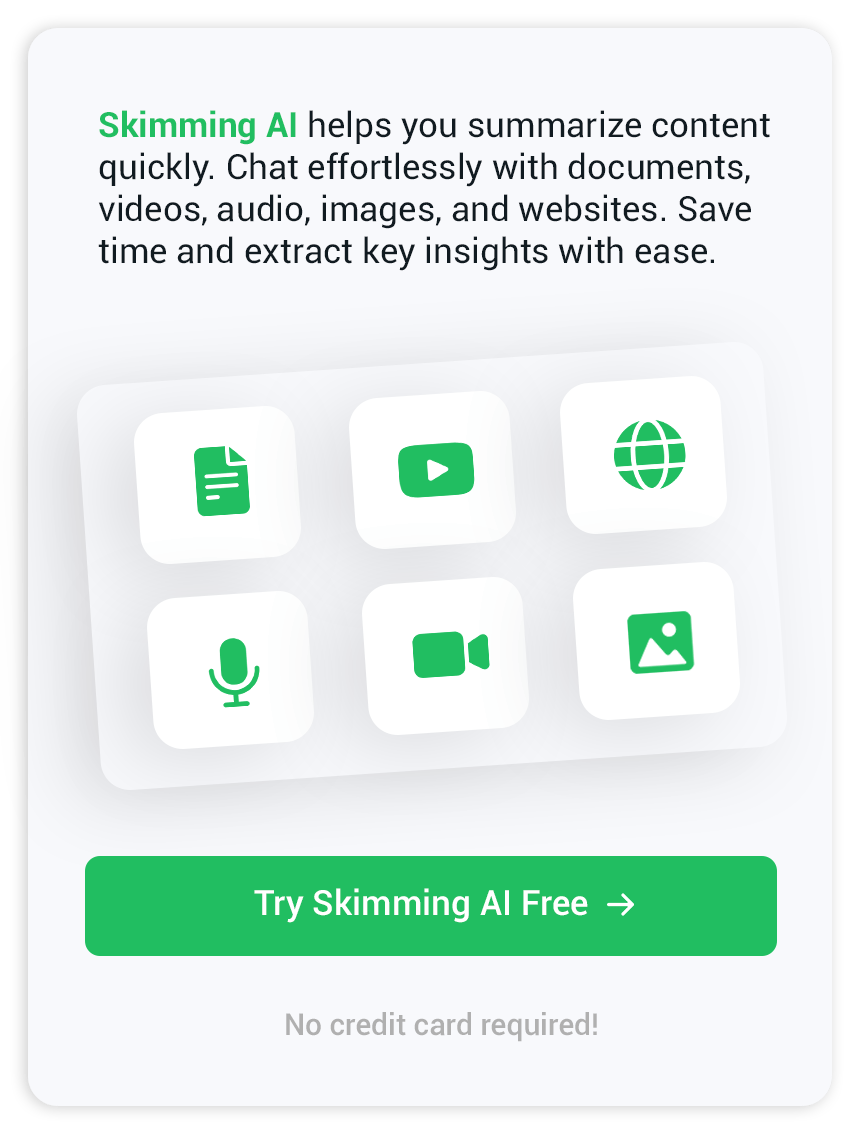Image to text – convert images to editable text easily
Everyday Moments Where Image to Text Matters
Think about the last time you needed to pull text from a bill, a handwritten note, or even a screenshot on your phone. Transforming a picture into selectable text—this is where image to text technology comes into play. It quietly powers many tools behind the scenes, helping people copy, search, or translate words stuck inside images with just a few clicks. If you have ever wondered how this transformation happens, or why the results sometimes seem like magic, you are not alone.
The Science Inside Image to Text
Image to text works using a process called optical character recognition, often abbreviated as OCR. When you upload a picture containing words, the system first looks for lines, shapes, and edges that might be letters or numbers. It sorts these shapes, checks for spaces between lines, and tries to match them against patterns for known characters. Imagine scanning a crowded chalkboard and picking out every letter, one by one—that is what OCR does, but in the digital world.
Modern image to text tools enhance this process with layers of machine learning. These tools train on thousands or millions of image samples so they can learn the quirks of strange handwriting or fonts. As a result, if someone sends you a photo of a faded menu or a handwritten address, an OCR tool trained with enough examples might still pick out most of the meaningful words.
From Printed Documents to Social Media Screenshots
It is not only scanned pages where image to text shows up. Screenshotting a web page, taking a picture of a slide in a meeting, or extracting text from Instagram posts—all these tasks rely on some form of OCR. Each type of image brings its own challenge. Glare, shadows, or busy backgrounds can confuse the recognition process. Still, advances in AI have made it possible to get useful text from even low quality or cluttered images.
Many people do not realize that image to text can also handle text in different languages. Some tools recognize printed text in languages as distinct as Chinese or Russian, while others are even trained to handle handwritten notes. For those who want to grab the meaning of text in an image without copying it manually, a dedicated image tool can help bridge the gap.
Practical Uses for Image to Text Extraction
Extracting text from images has become essential in daily life and work. Students often take photos of book chapters to copy out quotes for essays. Journalists might grab information off a printed press release. Business professionals routinely digitize receipts or contracts by snapping quick smartphone photos. Accessibility tools use similar technology to read out menus or street signs for those with visual impairments. And for anyone juggling multiple formats, using a service to jump between document, video, and audio text is more seamless than ever.
How to Make the Most of the Technology
Getting reliable text from an image often comes down to clarity. If you are taking a photo to use with image to text services, try to keep the camera steady and make sure the lighting is even. Clean, high contrast images with clear lettering provide the best starting point, giving OCR engines their best shot. Still, do not worry if your image is not perfect. Today’s tools can correct for slanted angles or faded print more than ever before.
If you are processing large batches of images, or want to summarize information from pictures into shorter text, some platforms also offer features to turn image content directly into compact notes. A summarizer option can help trim longer captions or descriptions to just the essentials.
What to Expect Next with Image to Text
With technology moving quickly, each year brings new ways to recognize and use the text held inside images. While older image to text systems struggled with scribbled notes or unusual layouts, training data keeps expanding. This makes it possible to unlock not just books and receipts, but also web screenshots, social media posts, or even captions from videos. Our team works closely on making these tools as accessible and helpful as possible, whether you are working with an image, document, or another type of file.

